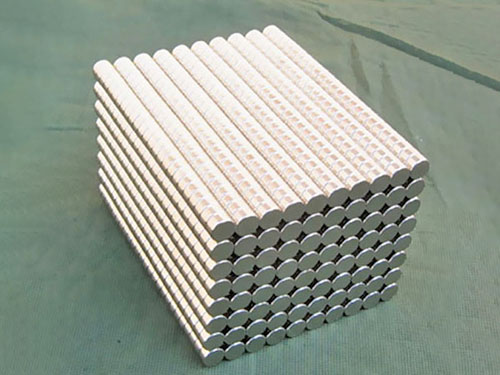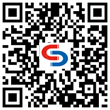The ancient Greeks and Chinese discovered a naturally magnetized stone called "magnetite" in nature. The stone can magically pick up small pieces of iron and always point in the same direction when swung at will. Early navigators used this magnet as their earliest compass to identify directions at sea. After thousands of years of development, today magnets have become a powerful material in our lives. By synthesizing alloys of different materials, the same effect as magnetite can be achieved, but the magnetic force can also be improved. Man-made magnets appeared in the 18th century, but the process of making stronger magnetic materials was slow until Alnico was made in the 1920s. Subsequently, ferrite (Ferrite) was produced in the 1950s, and rare earth magnets were produced in the 1970s [Rare Earth magnets include neodymium iron boron (NdFeB) and samarium cobalt (SmCo)]. So far, magnetic technology has developed rapidly, and strong magnetic materials have also made components more miniaturized.
What is the magnetization (orientation) direction?
Most magnetic materials can be magnetized to saturation in the same direction, called the "magnetization direction" (orientation direction). Magnets without orientation (also called isotropic magnets) are much weaker than oriented magnets (also called anisotropic magnets).

What is the standard industry definition of "North and South"?
"North Pole" is defined as a magnet with its North Pole pointing towards the Earth's North Pole when it is rotated at will. Likewise, the south pole of the magnet points to the south pole of the earth. How can I tell the north pole of a magnet without a label? Obviously it's impossible to tell with the eyes alone. The magnet can be approached with a compass, and a pointer pointing to the Earth's north pole will point to the magnet's south pole.
How to handle and store magnets safely?
Always be very careful as the magnets will stick together and may pinch your fingers. When the magnets are attracted to each other, it is also possible that the magnets themselves may be damaged due to collision (knocked off corners or knocked out cracks). Keep magnets away from items that are easily magnetized, such as floppy disks, credit cards, computer monitors, watches, cell phones, medical equipment, etc. Magnets should be kept away from pacemakers. For larger size magnets, plastic or cardboard spacers should be added between each piece to ensure that the magnets can be easily separated. Magnets should be stored in a dry, constant temperature environment as much as possible.
How to achieve magnetic isolation?
Only the material that can be adsorbed to the magnet can isolate the magnetic field, and the thicker the material, the better the magnetic isolation effect. What is the strongest magnet? At present, the highest performance magnets are rare earth magnets, and among rare earth magnets, NdFeB is the strongest magnet. But at temperatures above 200 degrees Celsius, samarium cobalt is the strongest magnet.
How to define the performance of a magnet?
There are mainly three performance parameters as follows to determine the performance of the magnet: Remanence Br: After the permanent magnet is magnetized to technical saturation, and the external magnetic field is removed, the retained Br is called the residual magnetic induction intensity. Coercive force Hc: to reduce the B of the permanent magnet magnetized to technical saturation to zero, the required reverse magnetic field strength is called the magnetic induction coercive force, referred to as the coercive force Magnetic energy product BH: represents the magnet in the air gap The magnetic energy density established by the space (the space between the two magnetic poles of the magnet), that is, the static magnetostatic energy per unit volume of the air gap. Since this energy is equal to the product of the magnet's Bm and Hm, it is called the magnetic energy product.





